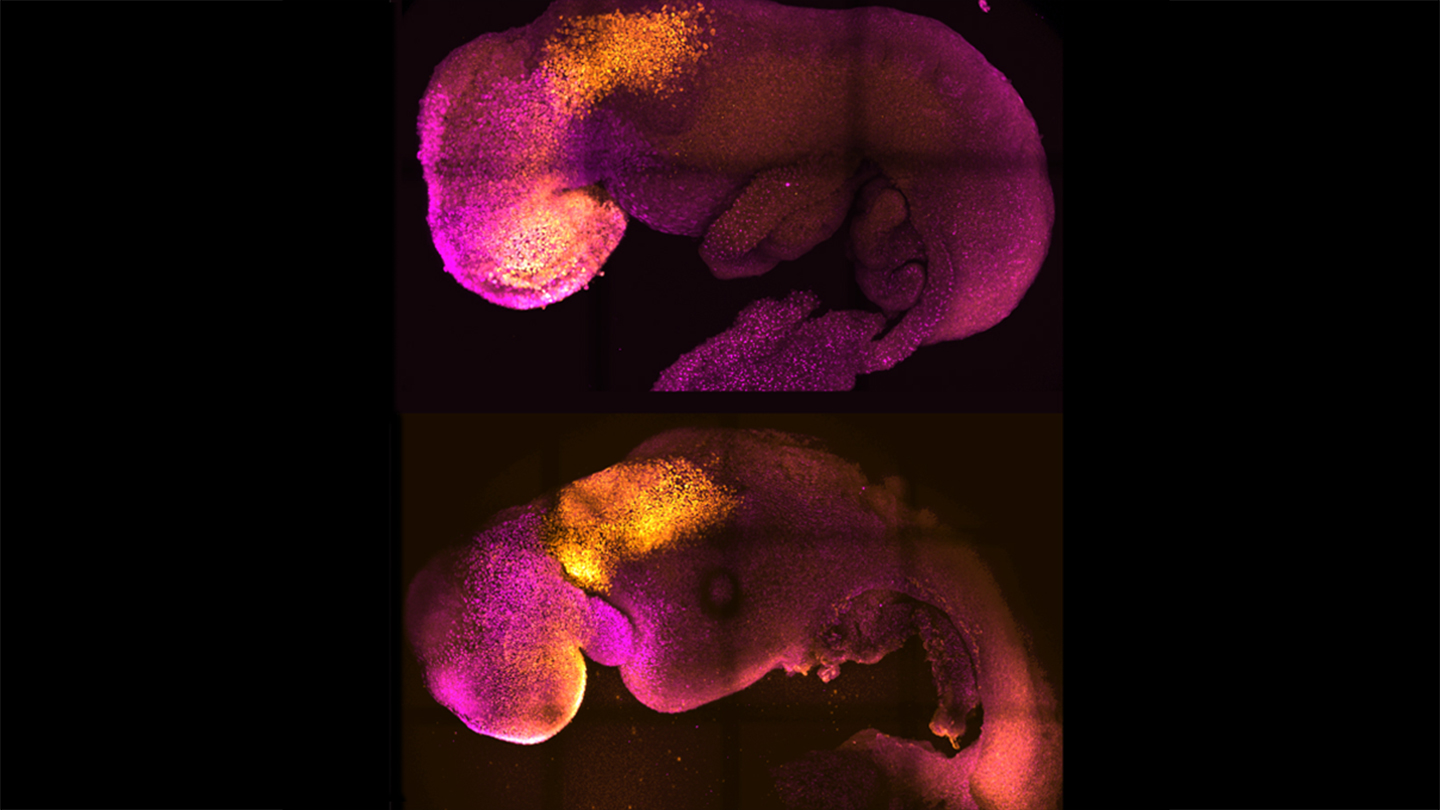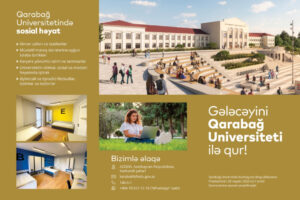Tokyo, 22 December, /AJMEDIA/
COVID-19 may continue to dominate headlines, but this year’s biomedical advances weren’t all about “the Rona.” 2022 saw fruitful and seemingly fantastical research that could one day mean good news for patients.
Growing synthetic embryos
Two reports this year revealed how to fabricate the early stages of mammalian life. With a bit of laboratory wizardry, scientists mingled mouse stem cells, which self-assembled to spawn what appears to be a kind of fledgling embryo — no egg or sperm required. As they grow, these stem cell–derived synthetic embryos can form proto hearts, brains and guts. But the similarity to natural mouse embryos fades quickly. The synthetic and natural versions match up for only about eight days of development. Still, studying similar clusters of human stem cells might one day offer a way to probe the development of human embryos without relying on the real thing.
Next-level organ transplants
Organ transplants have started mirroring science fiction. In January, an ailing 57-year-old man received a heart from a genetically engineered pig and survived for two months with the transplanted organ (SN: 3/12/22, p. 26). Other surgeries plugged pig hearts into the bodies of brain-dead patients, a step that prepares researchers for future clinical trials (SN Online: 7/12/22). And a high-tech system hooked up to pigs’ bodies an hour after death helped keep organs functioning. The technology, which might one day preserve human organs slated for surgery, pumps a mix of real and artificial blood through the animals (SN: 9/10/22, p. 12).









































